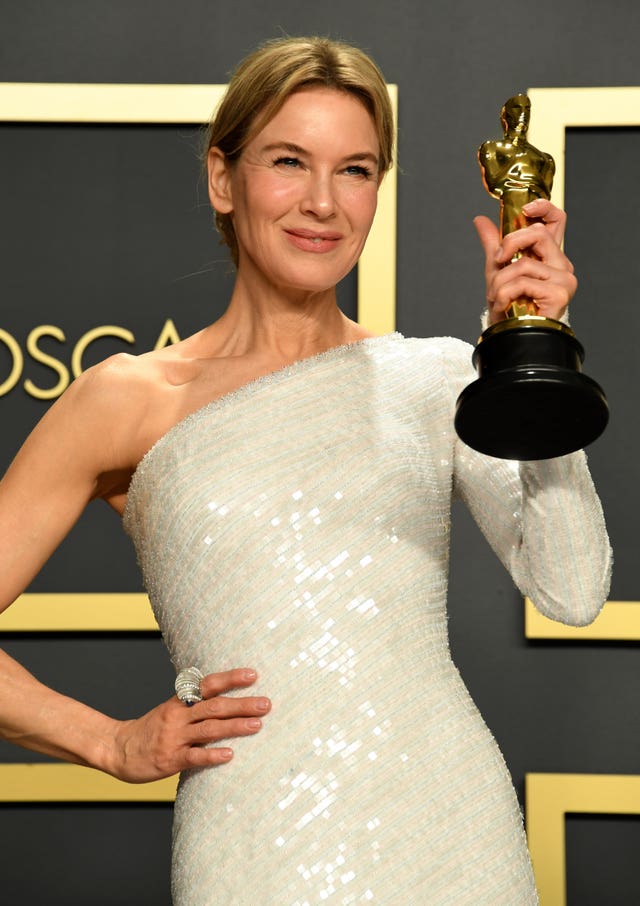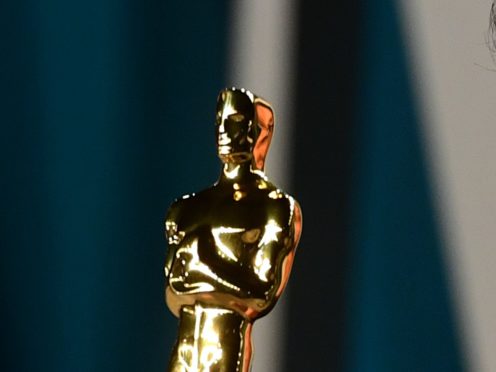Films hoping to qualify for best picture at the Oscars will soon have to meet strict diversity guidelines, the Academy Of Motion Picture Arts And Sciences has announced.
The new rules will require studios to boost diversity both in front and behind the camera, as well as in executive roles.
The Academy, which oversees the Oscars, has attracted strong criticism for a lack of diversity among its winners and nominees, and in recent years has broadened its membership in a bid to fix the problem.
For the 2022 and 2023 ceremonies, a confidential “Academy inclusion standards form” will be required to be considered for the top prize, however meeting the “inclusion thresholds” will not be required for best picture eligibility until 2024.
All other categories will keep their current eligibility requirements, the Academy said.
Change starts now. We've announced new representation and inclusion standards for Best Picture eligibility, beginning with the 96th #Oscars. Read more here: https://t.co/qdxtlZIVKb pic.twitter.com/hR6c2jb5LM
— The Academy (@TheAcademy) September 9, 2020
In the newly revealed guidelines, Standard A is titled “on-screen representation, themes and narratives” and to qualify a film must meet one of three criteria.
They include having at least one “lead or significant support actor” from an “underrepresented racial or ethnic group”.
The second criteria is called “general ensemble cast” and requires at least 30% of all actors in secondary and more minor roles to be from two “underrepresented groups”, listed by the Academy as women, racial or ethnic groups, LGBTQ+ or disabled people.
The third relates to the “main storyline/subject matter,” which requires the film to be “centred on an underrepresented group(s)”.
Standard B, titled “creative leadership and project team”, is focused on behind-the-camera roles, including directors, editors and hairstylists, asking they be made up of diverse workers.
It requires at least 30% of the film’s crew to be made up of underrepresented groups.
Standard C is titled “industry access and opportunities” and is concerned with improving diversity among apprentices and interns.
And Standard D, titled “audience development”, requires the studio or film company to have “multiple in-house senior executives” from “underrepresented groups” on their “marketing, publicity, and/or distribution teams”.

The new standards are designed to “encourage equitable representation on and off screen in order to better reflect the diversity of the movie-going audience,” according to the Academy.
Academy president David Rubin and Academy chief executive Dawn Hudson said: “The aperture must widen to reflect our diverse global population in both the creation of motion pictures and in the audiences who connect with them. The Academy is committed to playing a vital role in helping make this a reality.
“We believe these inclusion standards will be a catalyst for long-lasting, essential change in our industry.”
Marc Samuelson, chair of the Bafta Film Committee, said: “We are delighted that the Academy has today announced its new representation and inclusion standards.
“Bafta introduced very similar standards in conjunction with the BFI (British Film Institute) for the outstanding British film and outstanding British debut categories in 2016 and we continue to review and expand these standards every year.
“We look forward to continuing our work with… industry bodies to introduce universal diversity standards adopted in all Bafta’s film awards’ categories by 2024.”
